Tuna el-Gebel (Arabic: تونة الجبل, Coptic: ⲑⲱⲛⲓ) was the necropolis of Khmun (Hermopolis Magna). It is the largest known Greco-Roman necropolis in Egypt, dating from the New Kingdom to the Roman Period, and seeing heavy use in the Ptolemaic Period. Tuna el-Gebel is located in Al Minya Governorate in Middle Egypt.
Although most tombs and activities are from the Ptolemaic to Roman periods, there is at least one temple dating back to Amenhotep III. It may be dedicated to Amenhotep III, Thoth, and other local gods. There are also a small number of New Kingdom tombs.[1]
The necropolis in Tuna el-Gebel during the Late Period was mostly an animal cemetery. The most common burials took place in underground galleries and were of mummies of ibises and baboons representing Thoth, as well as all kinds of bird mummies. These were most likely a result of nearby animal preserves or breeding areas, as well as local Thoth worship.[2]
The Ptolemaic Period saw a rise in use of the necropolis. In at least the late fourth century BC, two brothers and priests of Thoth, Petosiris and Djed-Thoth-iu-ef-ankh built the first large tombs. Petosiris built his tomb 200 meters south of the animal necropolis near a temple of Thoth.[2]
Early Ptolemaic tombs were built of large stones with reliefs and smooth surfaces, later stone tombs have smaller stones and intentionally rough surfaces. Though stone tombs would continue to be built throughout the Roman Period, tombs made of mud brick would also be introduced.[3] While some early tombs are in a T shape, most are rectangular. The stone tombs were generally nicer than mud brick ones, and indicative of a wealthier person’s burial.[4]
In addition to more traditional tombs, some tombs consist of either stone or mud brick pillars.[5] They are too narrow to allow a body to be put inside. Many have areas or niches for urns, though some may have their respective bodies buried underneath them.[6]
While the early tombs were expensive and showed off wealth, later tombs were more economical. The Roman period came with tombs of cheaper material and multiple stories for fitting multiple people. Some stone tombs were even used as mass graves.[7] Recycling stone tombs was also a trend, usually by placing mummies inside an already existing tombs or constructing second stories on top of tombs. The famous tomb of Petosiris had several secondary burials.[8]
While most people buried in Tuna el-Gebel during the Roman Period were of Egyptian origin, the main burial style was Greek, and got increasingly Greek over time. Early burials had mummies hidden in underground galleries, and later mummies were on the floor, until finally mummies were put on full display. However even as time went on, mummification was extremely popular.[9]
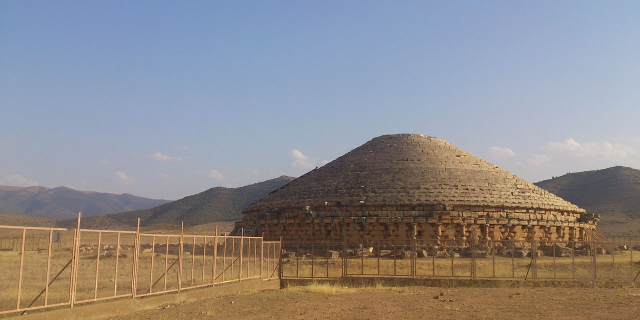



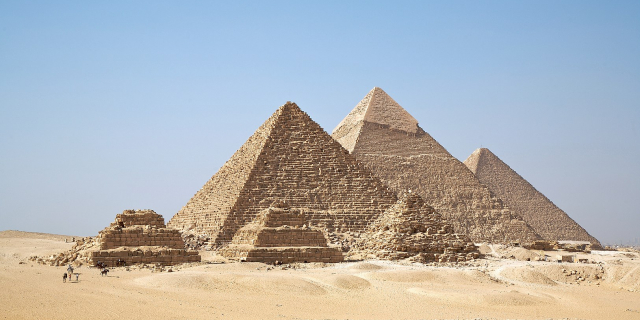

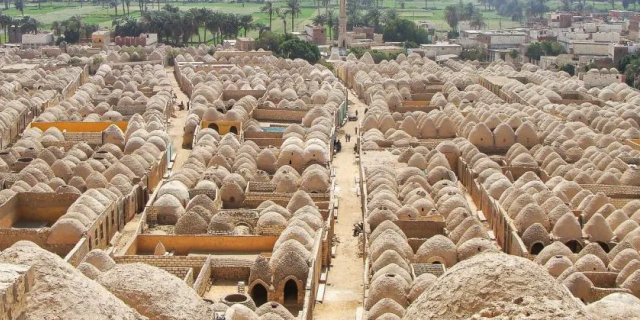




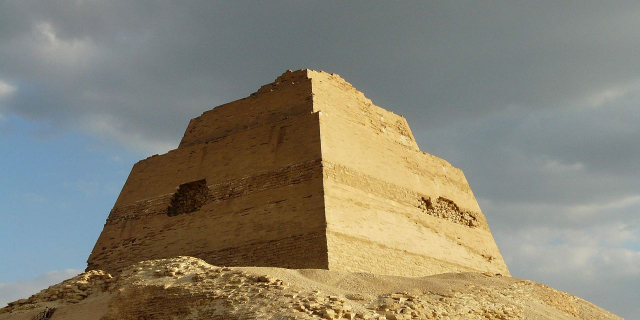
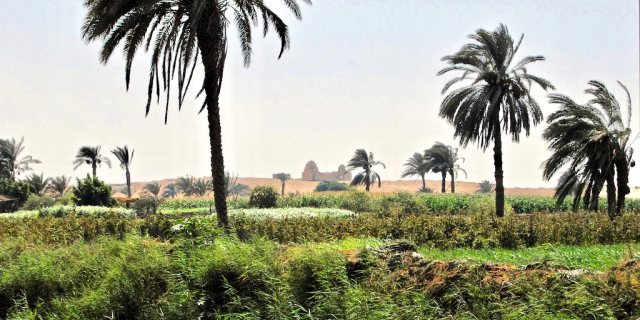

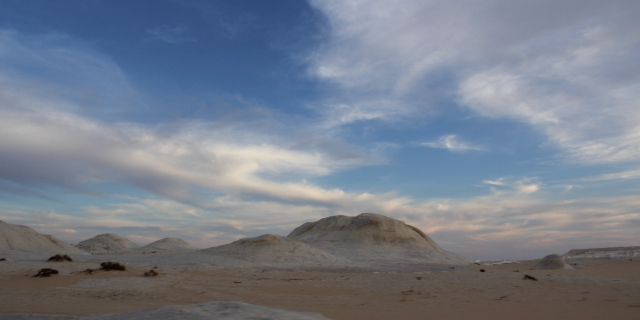




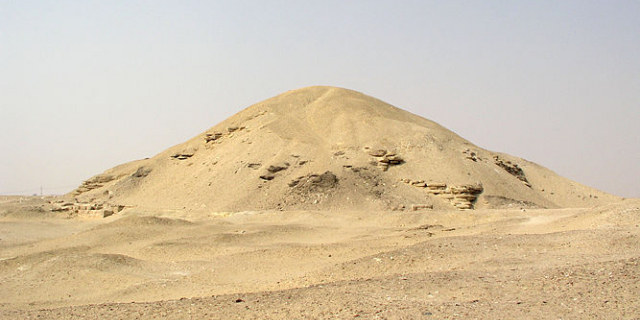


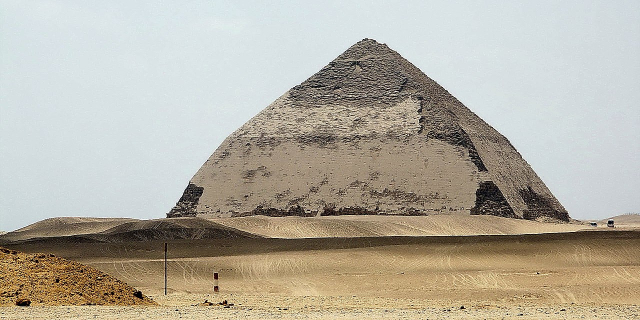
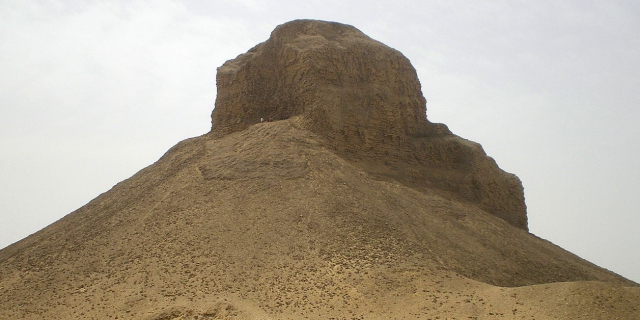





Add new comment